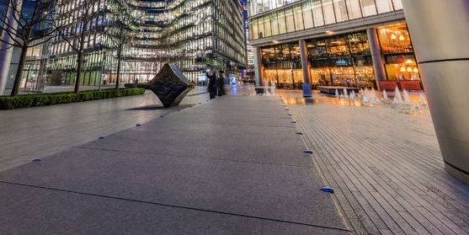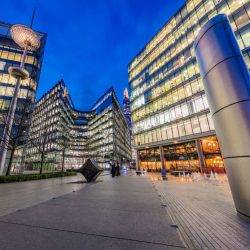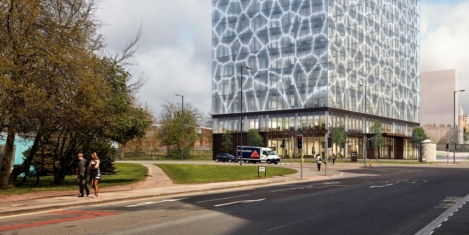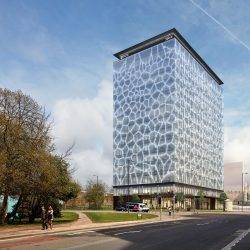To provide the best experiences, we use technologies like cookies to store and/or access device information. Consenting to these technologies will allow us to process data such as browsing behaviour or unique IDs on this site. Not consenting or withdrawing consent, may adversely affect certain features and functions.
The technical storage or access is strictly necessary for the legitimate purpose of enabling the use of a specific service explicitly requested by the subscriber or user, or for the sole purpose of carrying out the transmission of a communication over an electronic communications network.
The technical storage or access is necessary for the legitimate purpose of storing preferences that are not requested by the subscriber or user.
The technical storage or access that is used exclusively for statistical purposes.
The technical storage or access that is used exclusively for anonymous statistical purposes. Without a subpoena, voluntary compliance on the part of your Internet Service Provider, or additional records from a third party, information stored or retrieved for this purpose alone cannot usually be used to identify you.
The technical storage or access is required to create user profiles to send advertising, or to track the user on a website or across several websites for similar marketing purposes.
 The humble office doesn’t always feature prominently in RIBA’s annual Stirling Prize list but last night, Bloomberg’s European headquarters was named the UK’s best new building. The 2018 RIBA Stirling Prize judges were unanimous in their decision to award Bloomberg the 2018 RIBA Stirling Prize describing it as a “once-in-a-generation project”. RIBA President, Ben Derbyshire says it is a “monumental achievement”. It’s the second award bestowed on the project in the last week. The BCO has already declared the building the UK’s best workplace. More →
The humble office doesn’t always feature prominently in RIBA’s annual Stirling Prize list but last night, Bloomberg’s European headquarters was named the UK’s best new building. The 2018 RIBA Stirling Prize judges were unanimous in their decision to award Bloomberg the 2018 RIBA Stirling Prize describing it as a “once-in-a-generation project”. RIBA President, Ben Derbyshire says it is a “monumental achievement”. It’s the second award bestowed on the project in the last week. The BCO has already declared the building the UK’s best workplace. More →




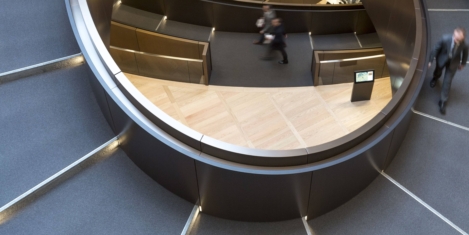
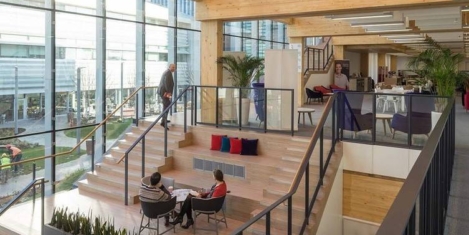
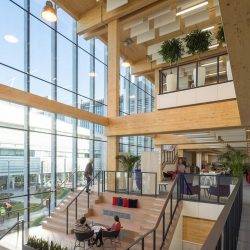


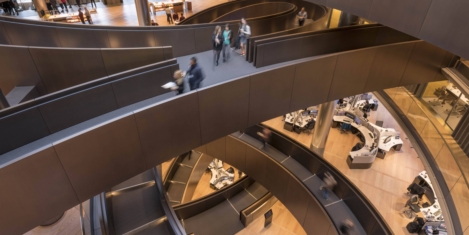
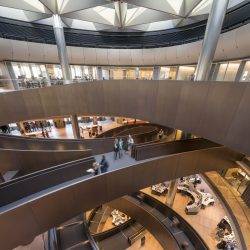
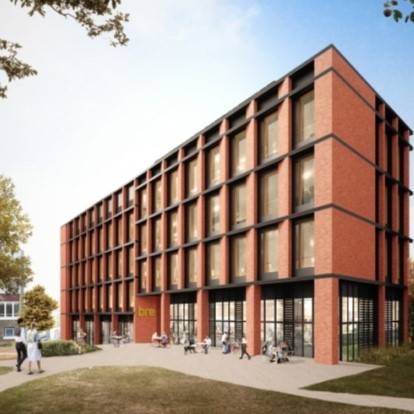
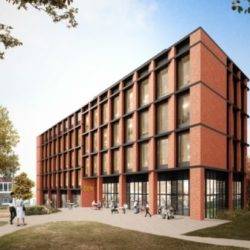

 London has joined 18 other cities around the world, including Paris, New York and Tokyo, in a landmark commitment to make all new buildings operate at net zero carbon by 2030. Regulations and planning policy will also target existing buildings to make them net-zero carbon by 2050. Net zero carbon buildings are buildings which reduce all energy use as far as technically possible, with remaining demand met through renewables. The commitment has been orchestrated by C40 cities, a global group of major cities committed to delivering on the most ambitious goals of the Paris Agreement at the local level. As city authorities do not have direct control over all the buildings in their area, the commitment includes a pledge to work together with the private sector as well as state and regional governments to drive the transformation. This pledge from cities is part of the World Green Building Council’s
London has joined 18 other cities around the world, including Paris, New York and Tokyo, in a landmark commitment to make all new buildings operate at net zero carbon by 2030. Regulations and planning policy will also target existing buildings to make them net-zero carbon by 2050. Net zero carbon buildings are buildings which reduce all energy use as far as technically possible, with remaining demand met through renewables. The commitment has been orchestrated by C40 cities, a global group of major cities committed to delivering on the most ambitious goals of the Paris Agreement at the local level. As city authorities do not have direct control over all the buildings in their area, the commitment includes a pledge to work together with the private sector as well as state and regional governments to drive the transformation. This pledge from cities is part of the World Green Building Council’s 